13 Macro Photos That Reveal the Fascinating World of Mushrooms (14 photos)
New Zealand photographer Jay Lichter has long been fascinated by the world of mushrooms. With a camera around his neck, he explores the forests in search of interesting and unusual specimens. With the help of macro photography, Jay manages to capture every tiny detail of these amazing organisms, which number up to 700,000 species. With incredible detail, the photographer reveals the unexpected beauty of this small world. 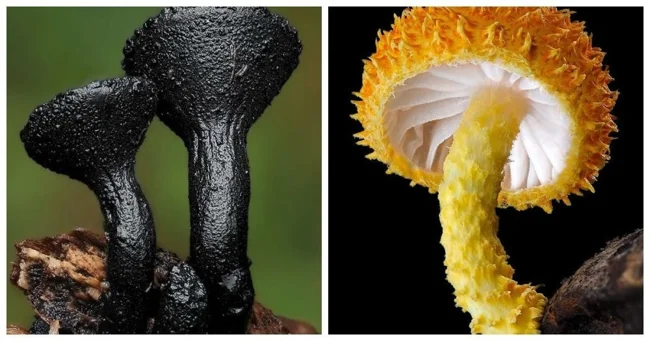
1. Mycena. These are small saprotrophic fungi 
Representatives of the genus Mycena are saprotrophic fungi that live off decaying organic matter.
2. Chlorociboria - not poisonous, but very small 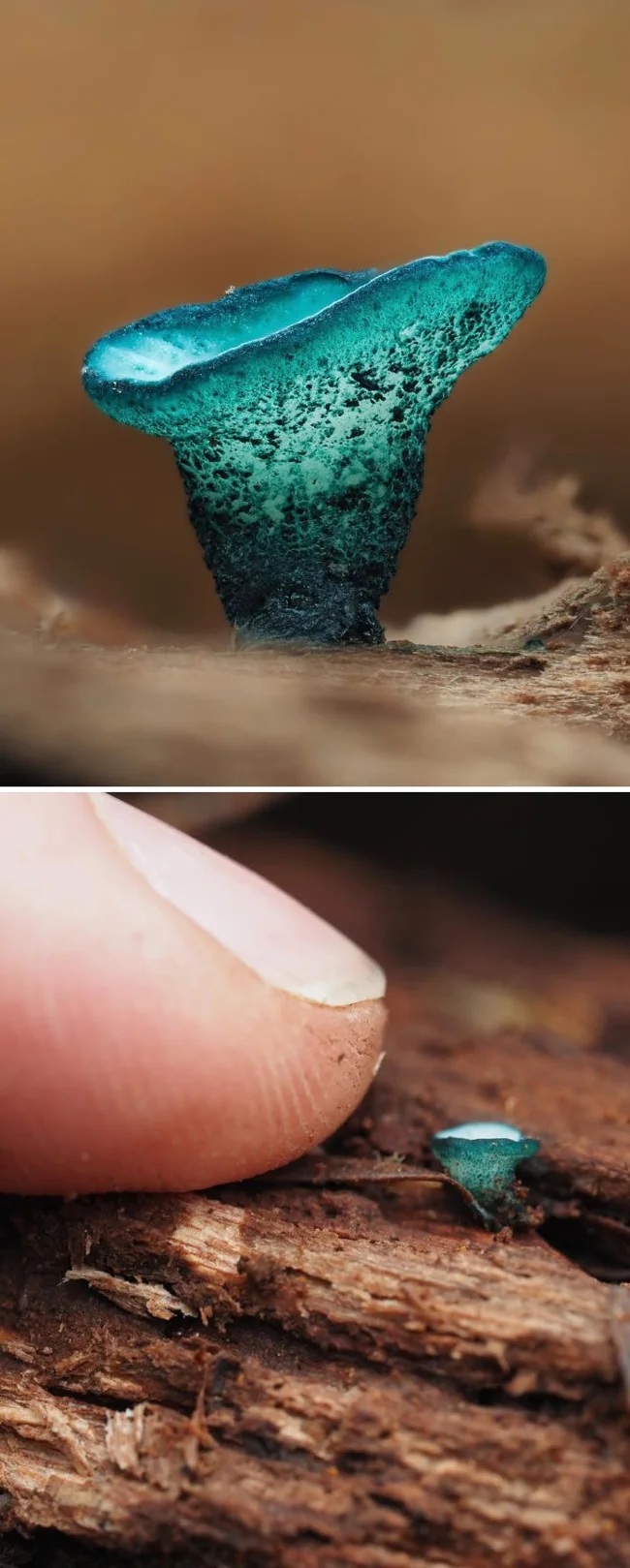
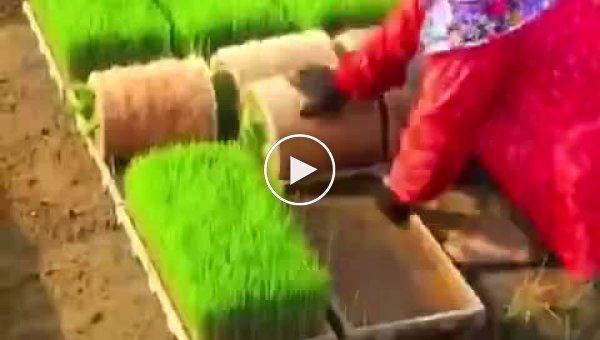
Как садят рис
Смотреть видеоIn the middle zone, the fruiting bodies of Chlorociboria can be found from July to November on deciduous and, less often, on coniferous wood.
3. Pilobolus
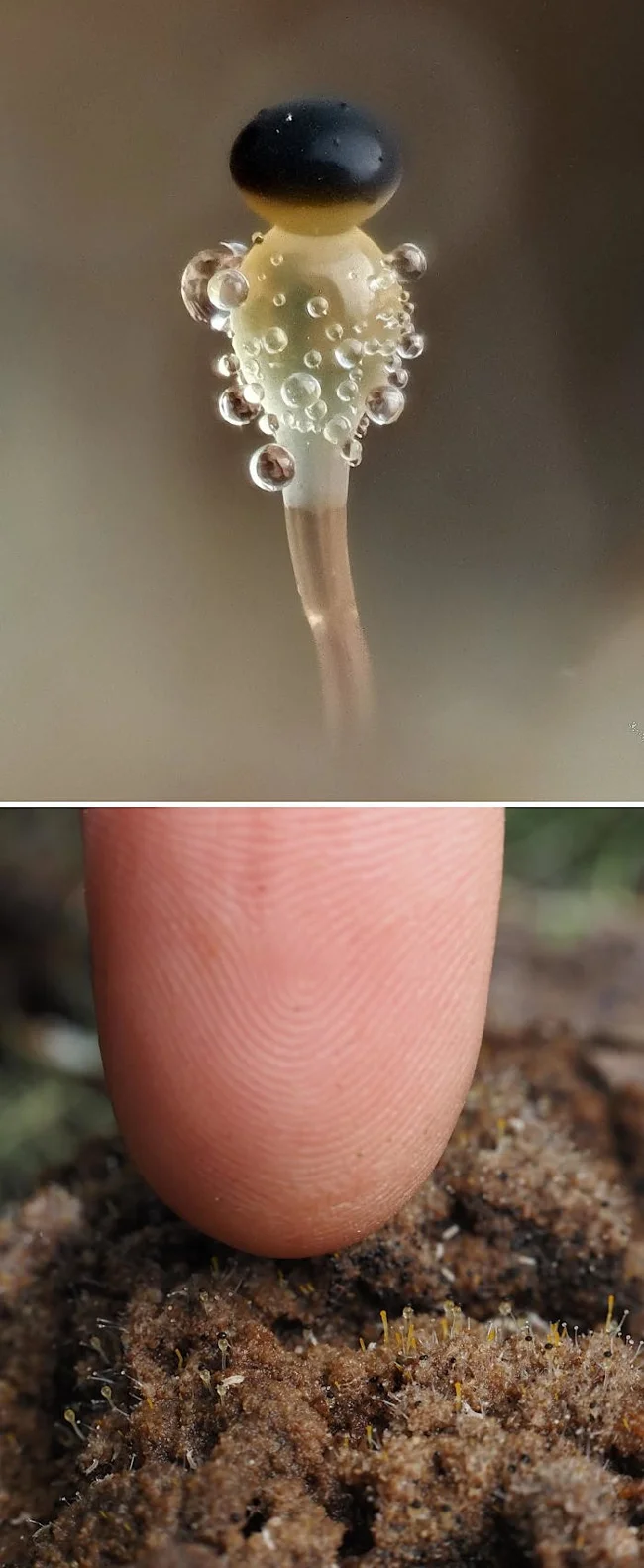
A genus of mushrooms that usually grow on the dung of herbivores. This mushroom is also called a cannon, because it shoots its pores at a record distance - up to two meters.
4. Hemitrichia deceptiva
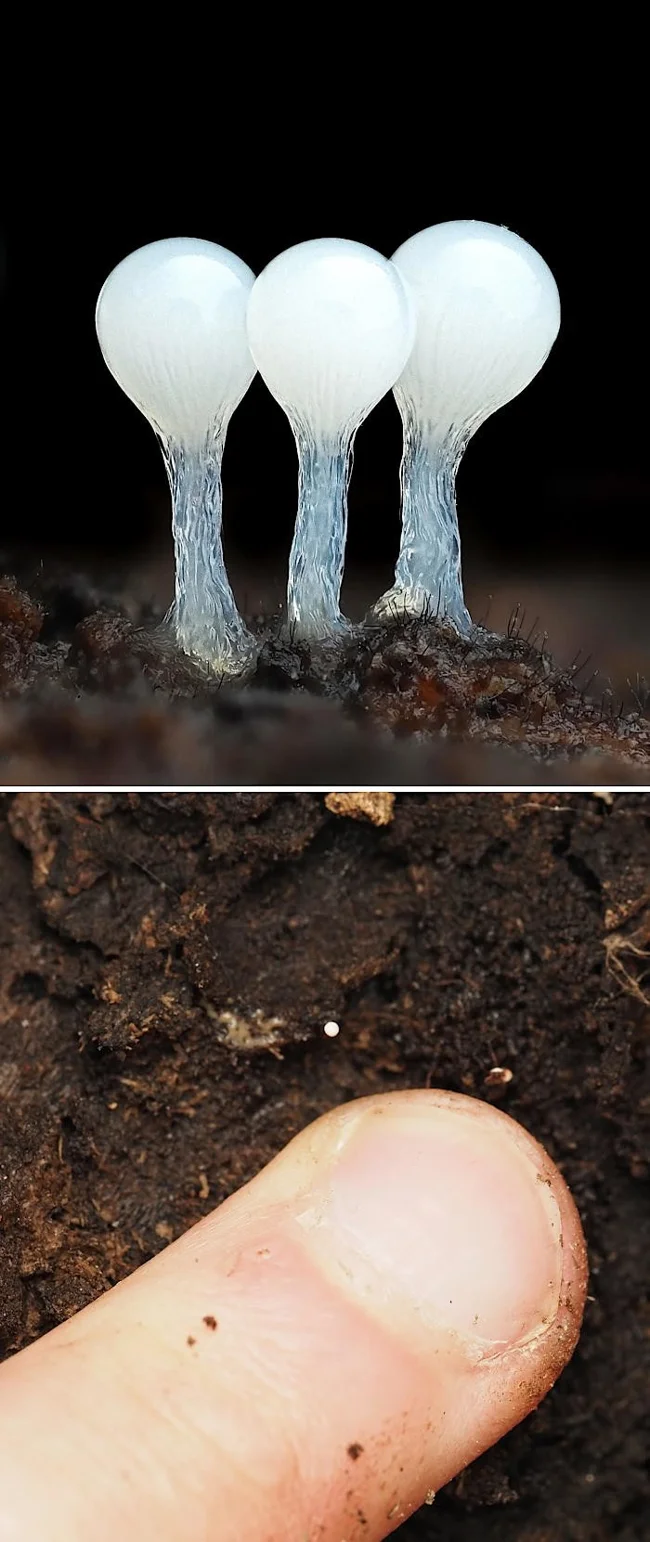
Hemitrichia deceptiva is a type of slime mold. They are fascinating organisms that can exhibit characteristics of both fungi and protozoa during their life cycle.
5. Gliophorus viridis
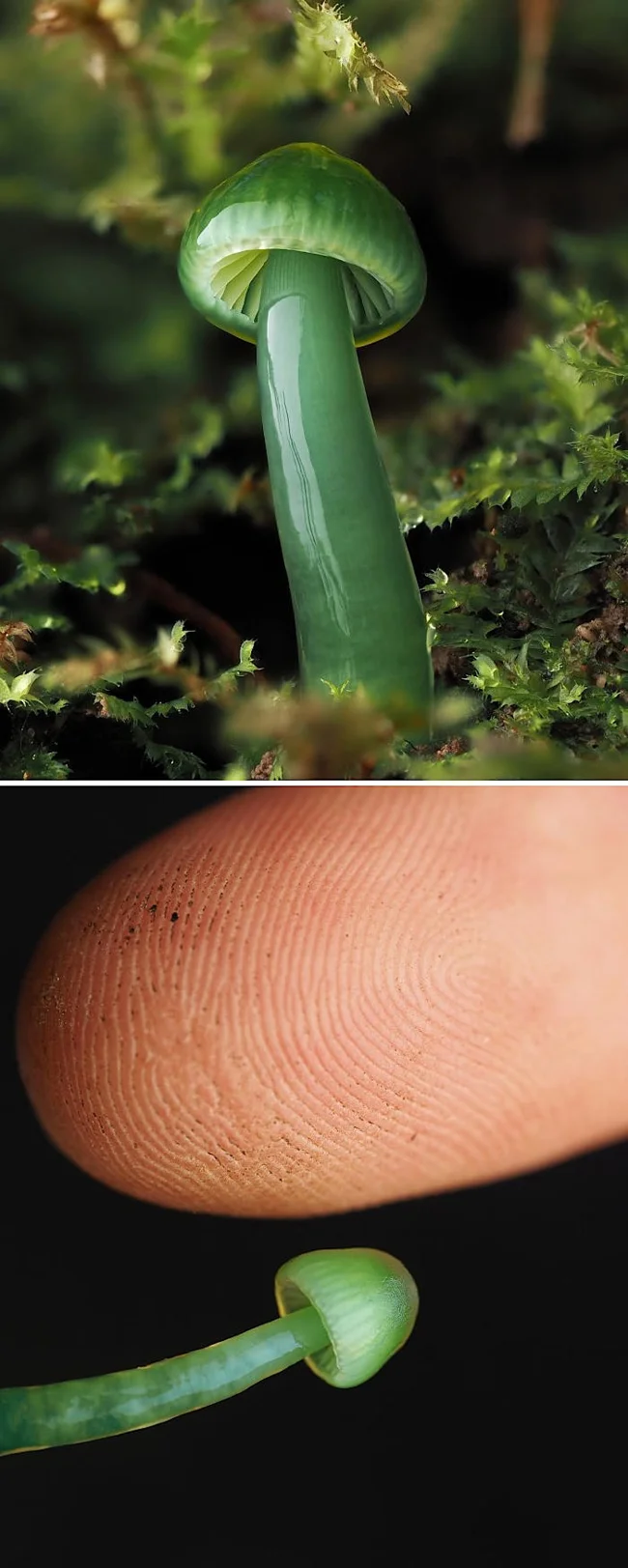
This species typically thrives in damp environments, often found in grassy areas in forested areas.
6. Cyptotrama asprata
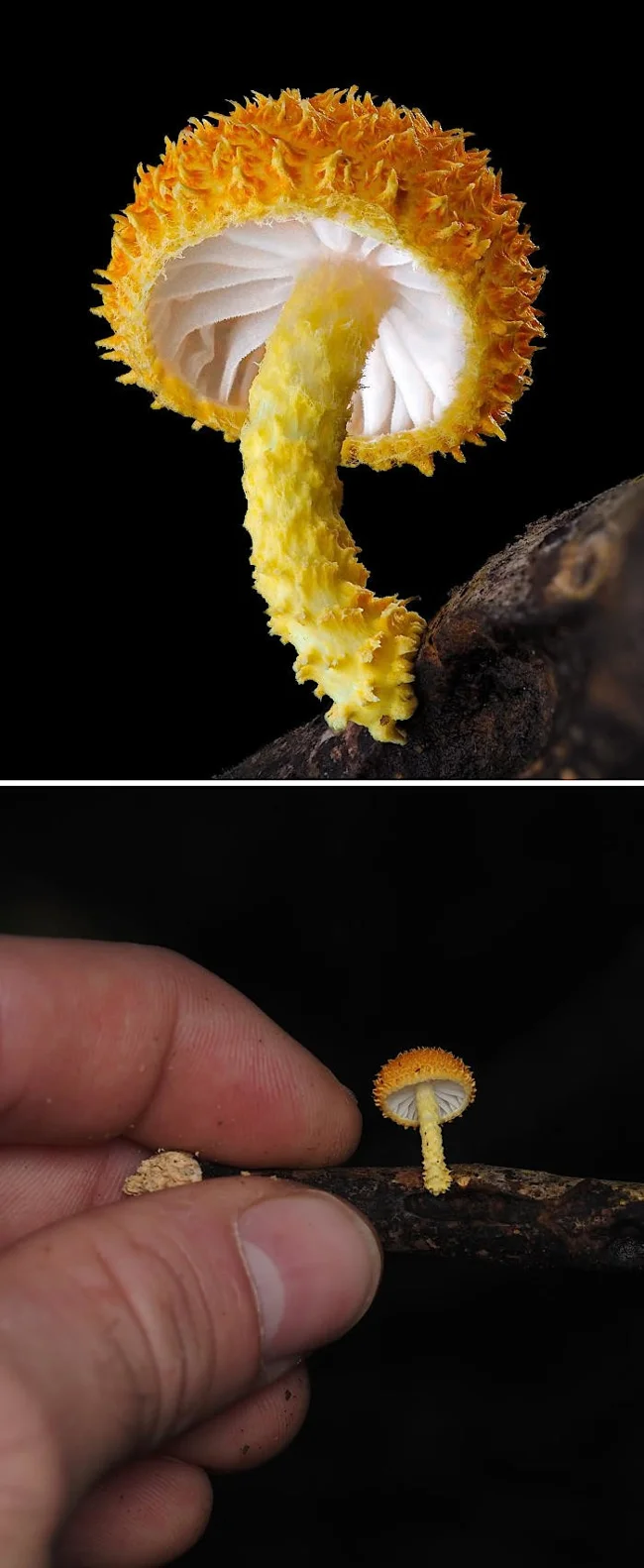
It is widely distributed in tropical regions of the world.
7. Cruentomycene
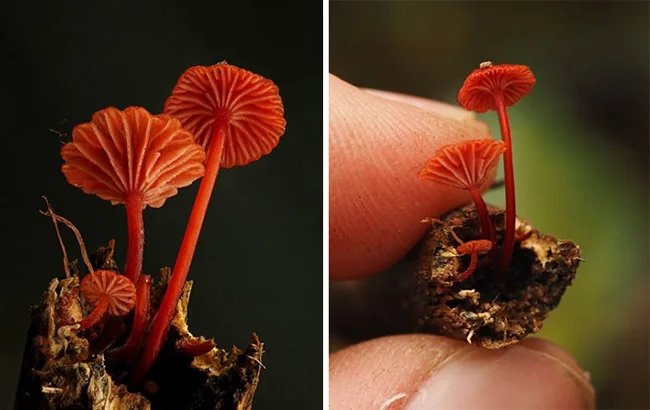
The genus Mycenaea is important in forestry as utilizers of dead organic matter, they are able to grow on small particles of substrate - needles, leaves, small branches, which cannot be infected by fungi with larger fruiting bodies.
8.

9. Favolascia calocera
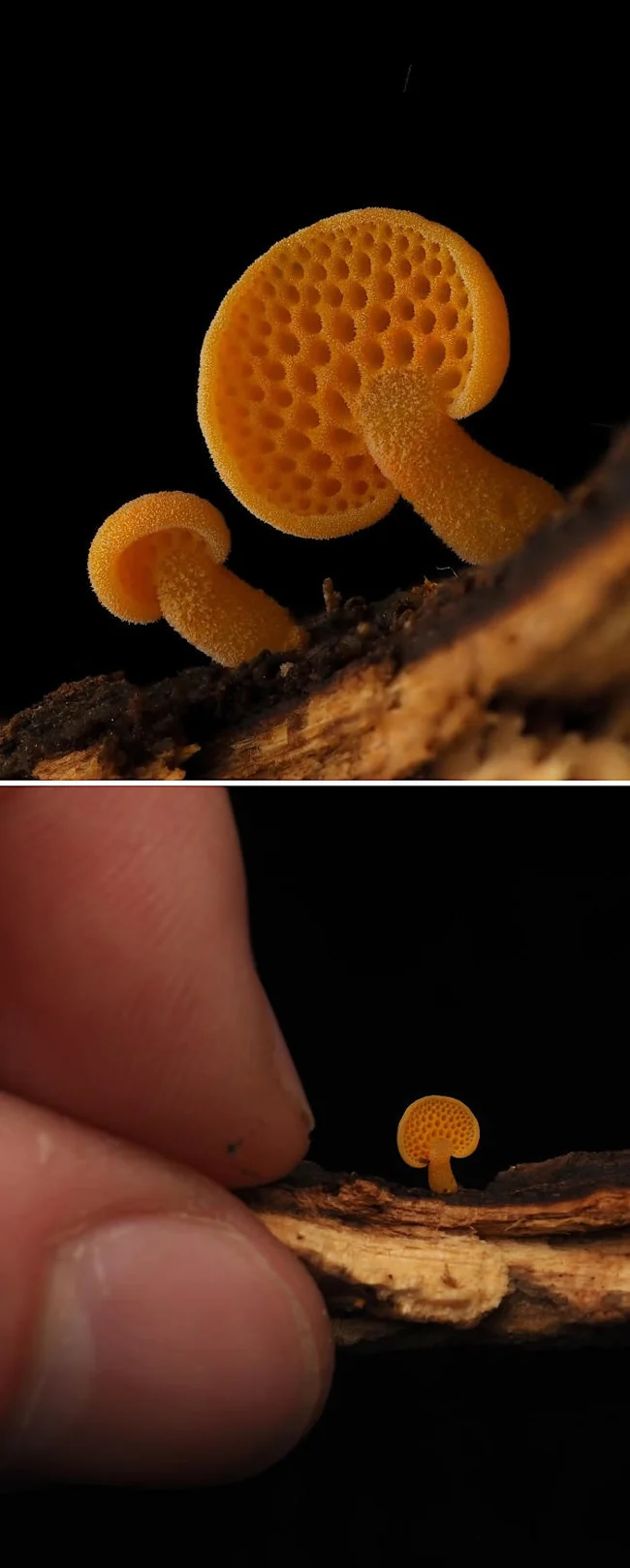
In summer and autumn, mushrooms can be seen on dead branches.
10. Lamproderma
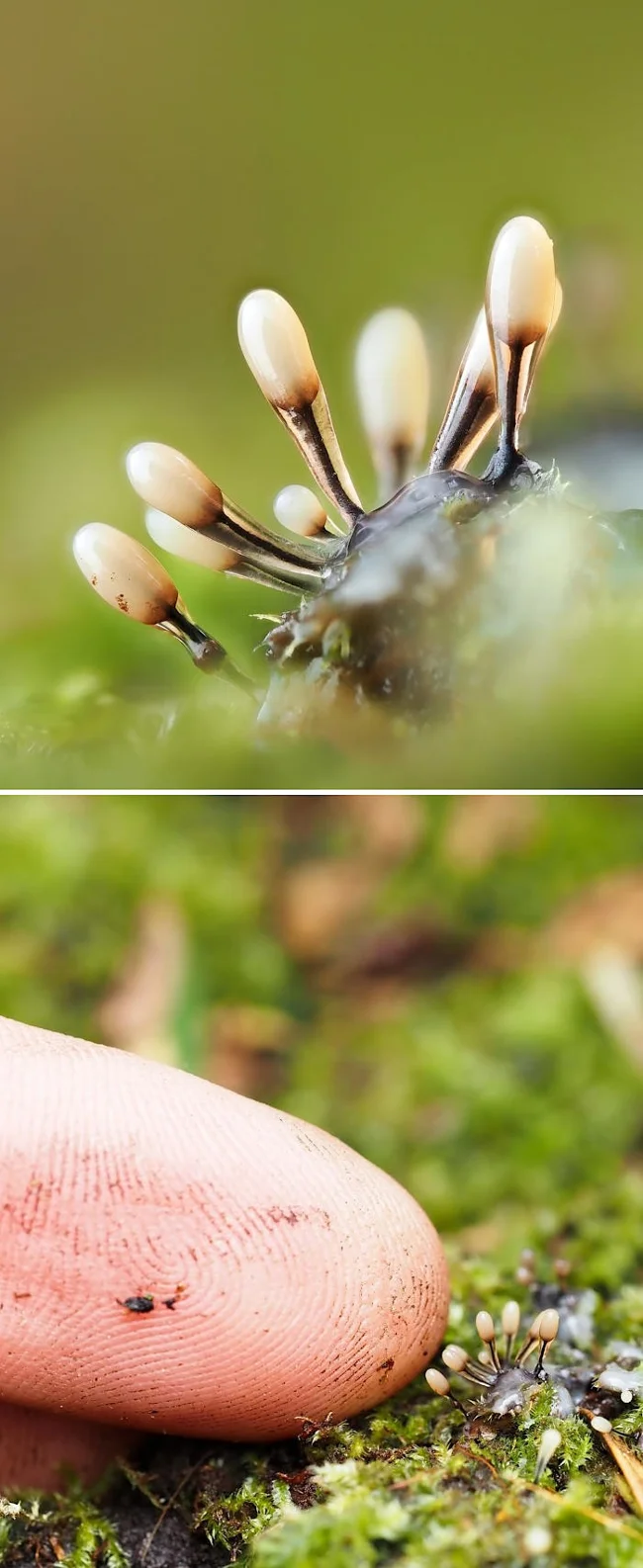
The genus Slime molds are the most amazing living organisms on our planet. They have characteristics of both plant and animal organisms.
11. Sarcosomes
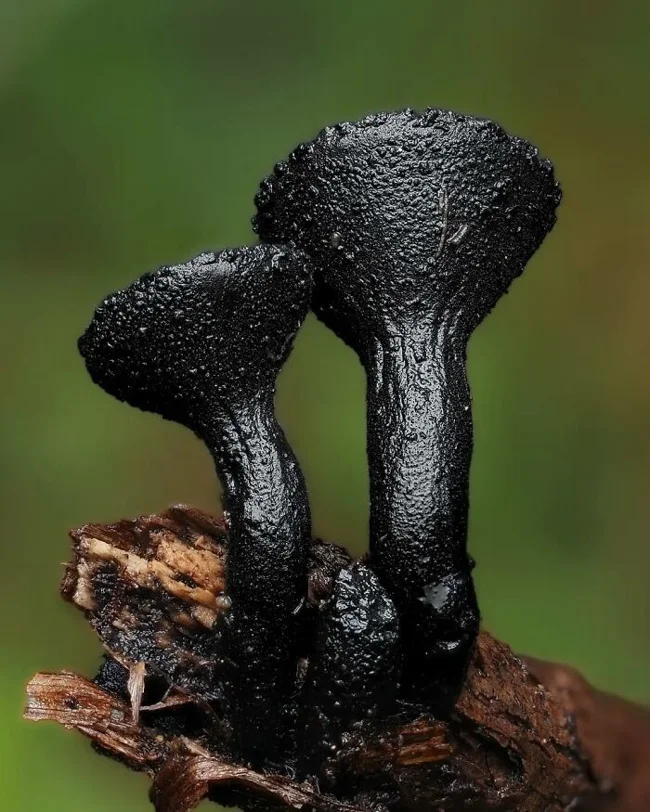
The family has 10 genera and 57 species. Most species live in temperate climates, on rotten or buried wood.
12. Clavaria rosea
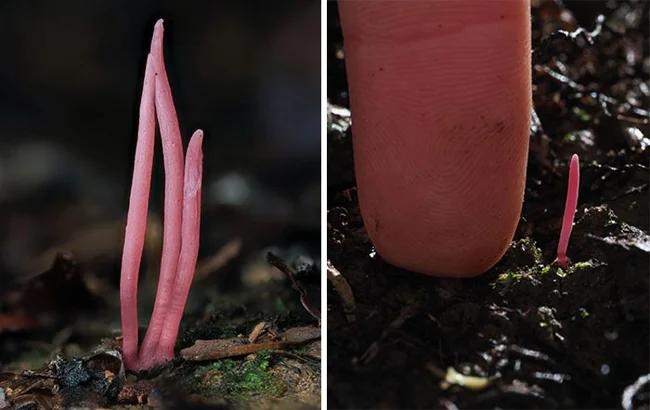
They grow in coniferous forests of Europe and Asia, mainly under oak trees or in moss.
13. Phleogena maculata
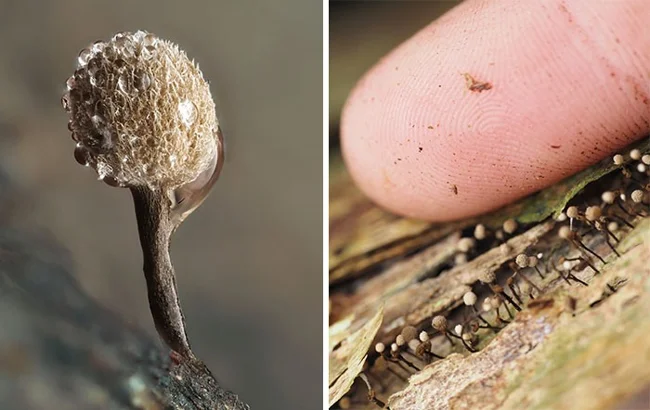
A saprotroph, it grows on the bark of deciduous trees. Fruit bodies are formed in groups or clusters, in autumn.
